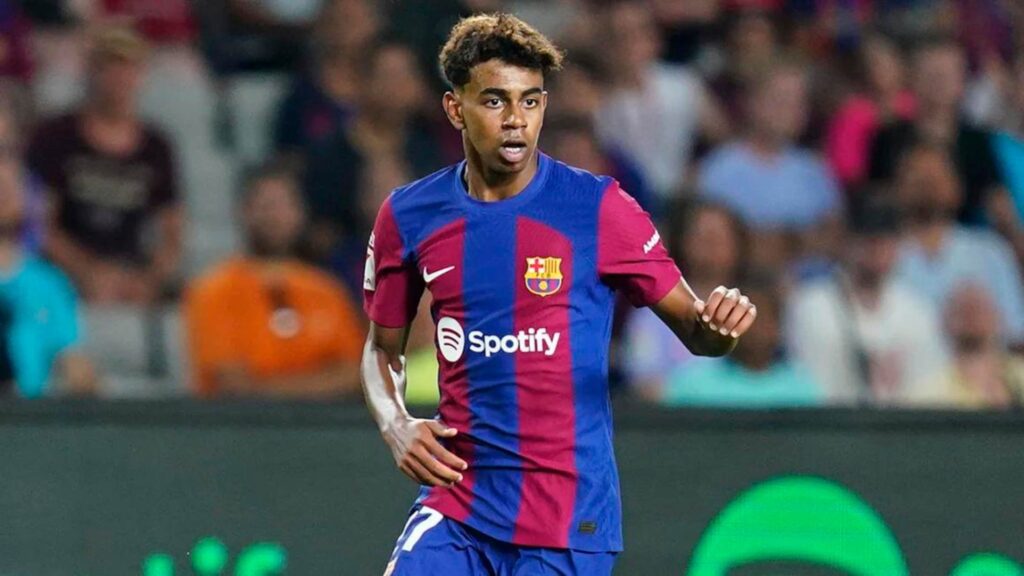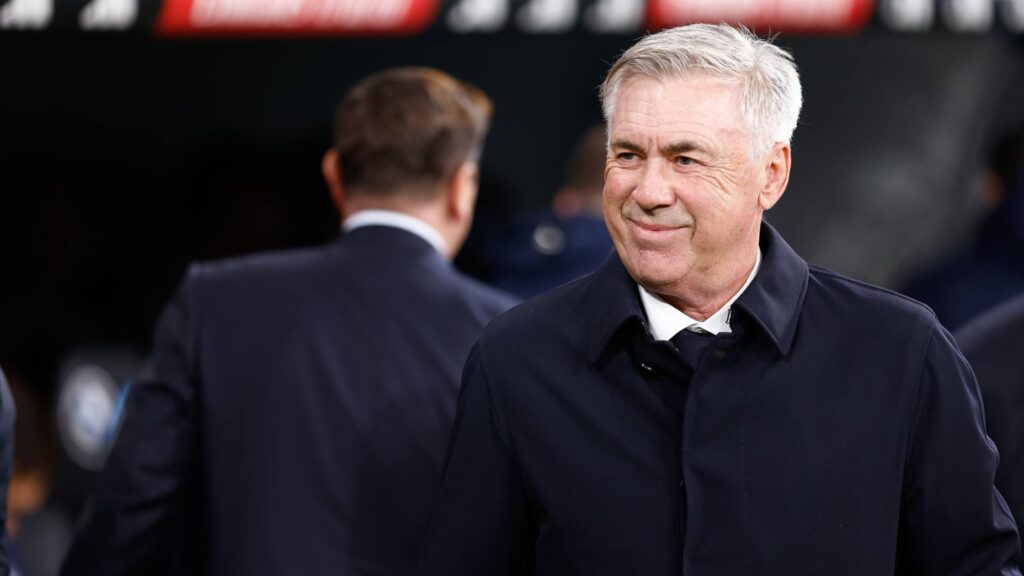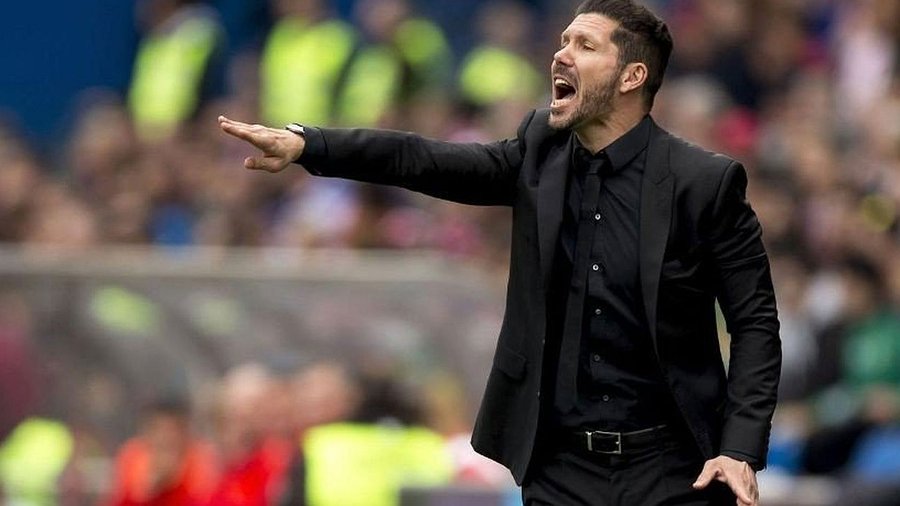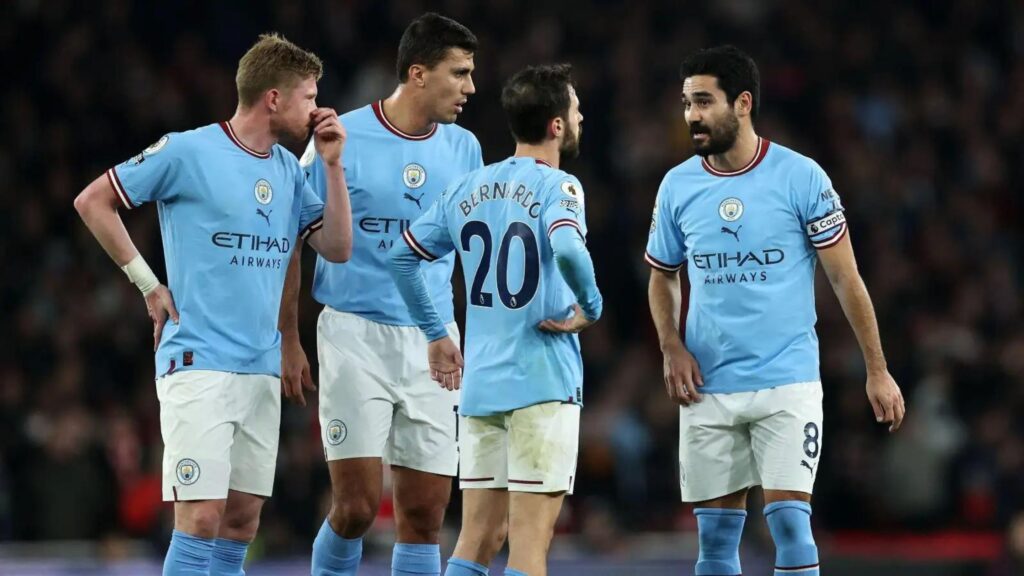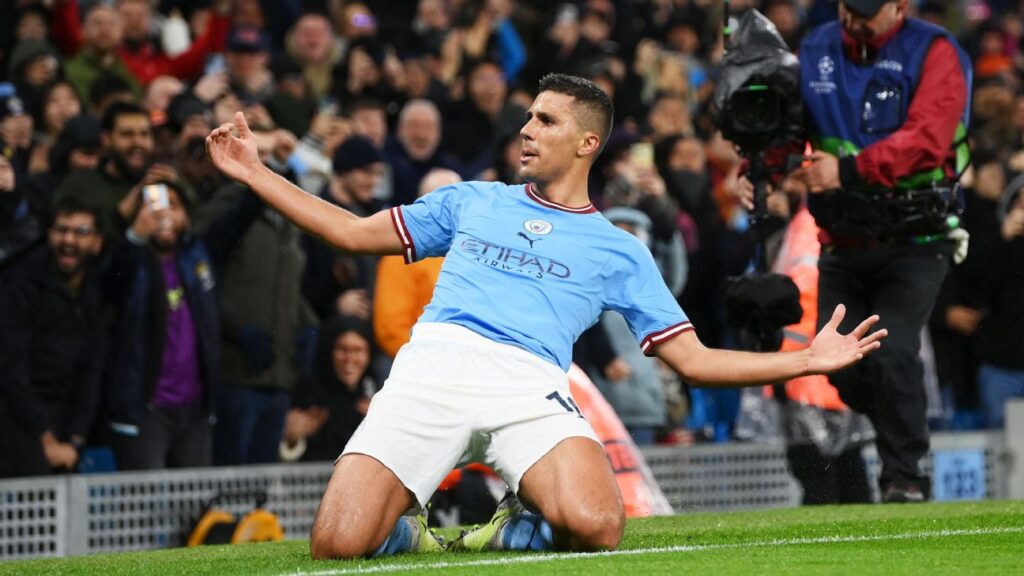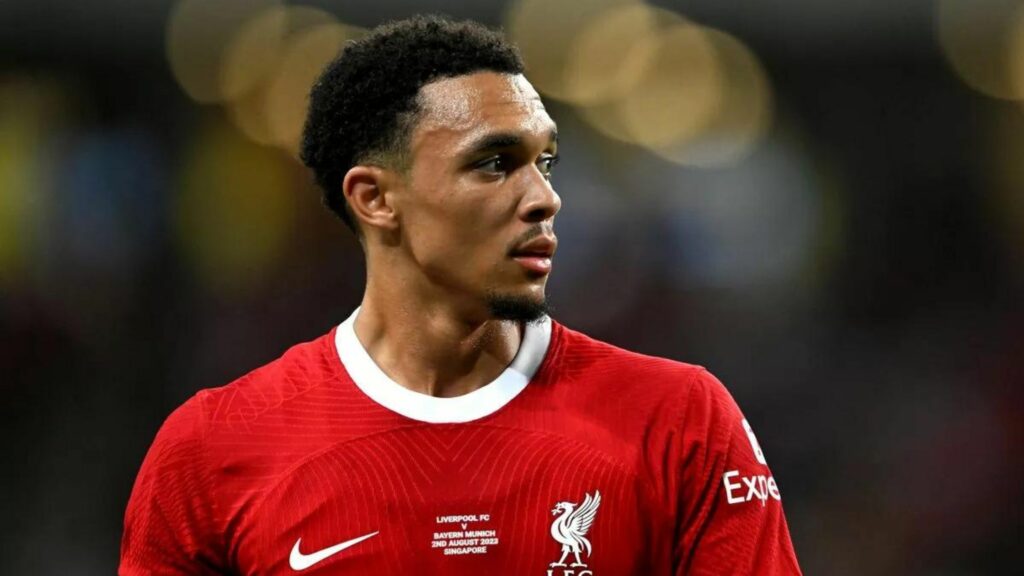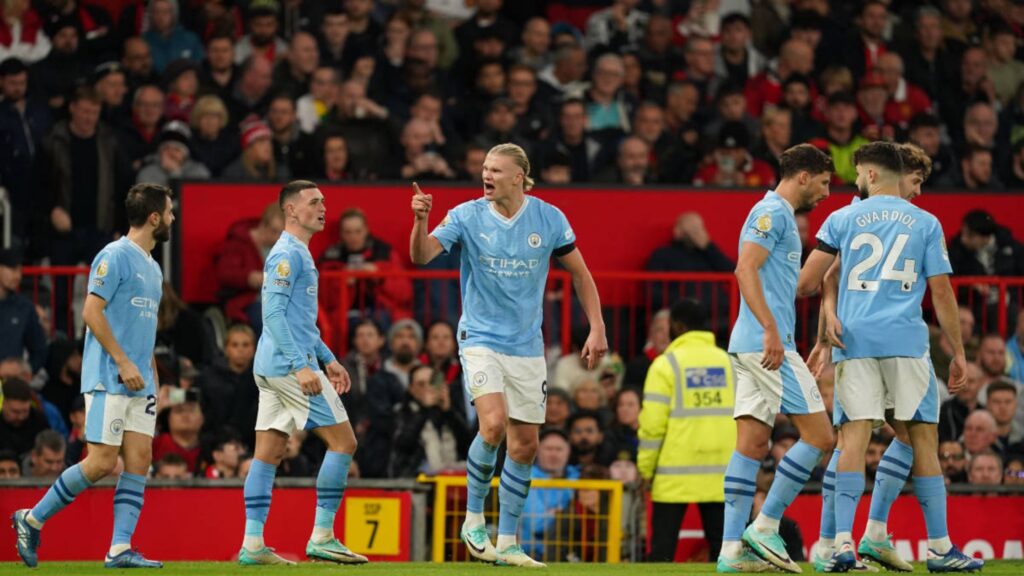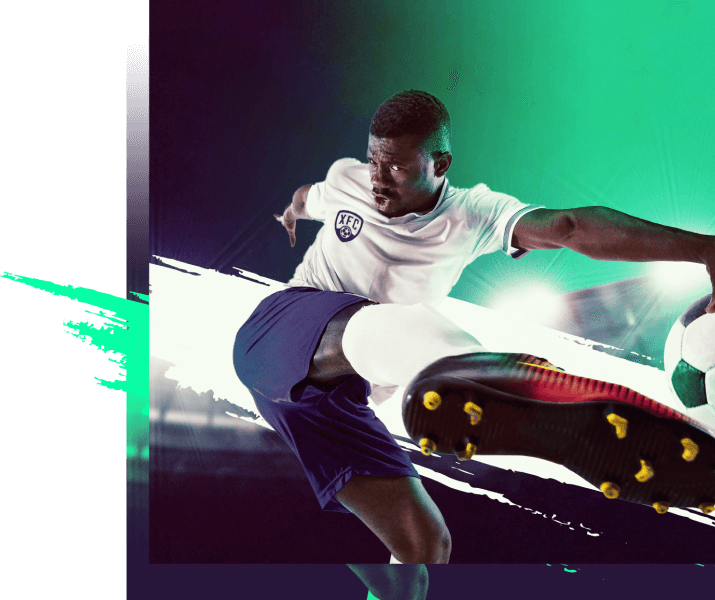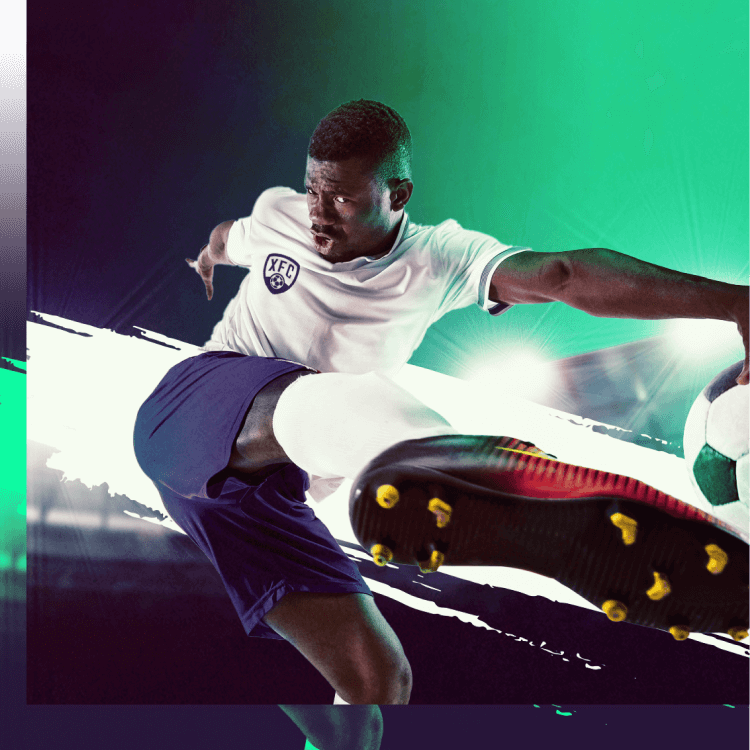Few players have spent the last decade playing for bigger clubs than Angel Di Maria. Yet, in spite of his incredible return on investment, the Argentine remains an underrated gem, rarely spoken of in the same breath as current and former teammates, Ronaldo, Neymar or Mbappe.
Here’s our profile of Angel Di Maria, detailing how the midfielder became football’s greatest sidekick.
Angel Di Maria’s Real Madrid term
Di Maria shone in absence, brighter than when he was on the field for Los Blancos. By the time his tenure for Real Madrid had ended, the Argentine had managed 124 appearances for the world’s most famous side. In this time he had been integral in the club’s successful La Liga and Champions League victories.
What teams has Angel Di Maria played for? Only some of the best in the world. The Argentine has represented Rosario Central, Benfica, Real Madrid, Manchester United and Paris Saint-Germain, his current team.
It was also in this time that Angel Di Maria truly learned to hone his skills as a great support act. While Cristiano Ronaldo and Karim Benzema hijacked much of the limelight, it was the Argentine’s vision that kept Real’s stars glued to their pedestal. Yet, in spite of his abilities and professionalism, he remains one of Real Madrid’s more underrated players.
The 2011/12 season, the won in which Real won back La Liga, also represented Di Maria’s crowning achievement. Such successes tend to go unnoticed in world football and in Di Maria’s case things weren’t much different.
Fast, technical, and able to read the play like few others, the left-footed winger provided 15 assists in the Primera Division.
By 2014, Real Madrid‘s notorious star favoring policy was seeing them link up with Colombia’s James Rodriguez. This lead to an unceremonious break-up with Angel Di Maria. Worse still, an injury and pressure of the Real Madrid hierarchy lead to Fideo being benched for Argentina’s World Cup final against Germany. A panic transaction followed and for £59.7 million, the Argentine became a Manchester United man.
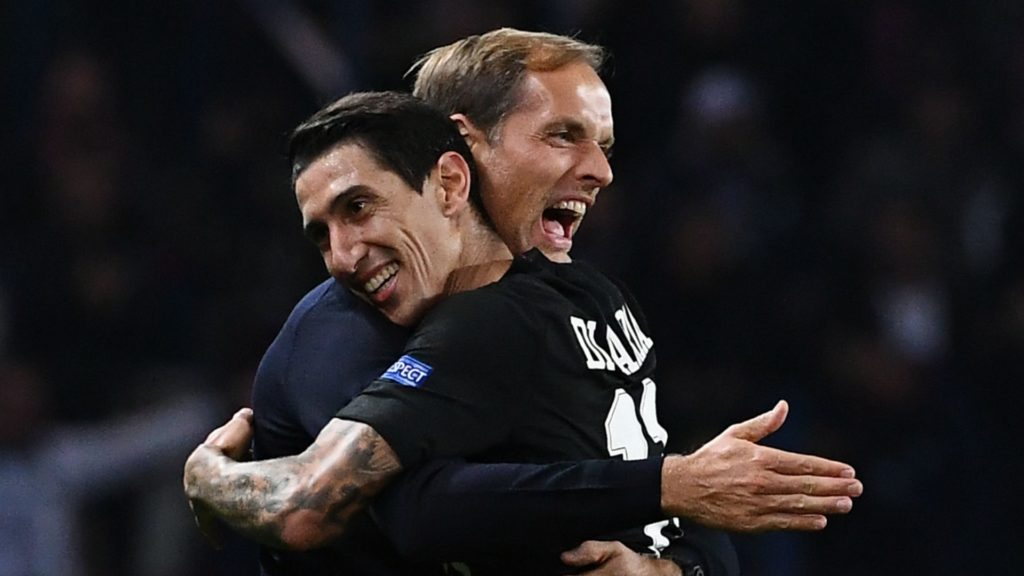
The uneventful days as a Manchester United player
By 2014, United had officially hit a crisis point. There was little glamour to a Van Gaal managed squad battling for goalless draws in the Premier League. Di Maria’s arrival promised to regain the team some of its charisma.
The winger was pompously tasked with wearing United’s legendary number seven shirt, of which previous owners include George Best, David Beckham, and Eric Cantona.
DiMaria was reinstated in the supporting role he had played at Real. Only now, instead of Ronaldo and Benzema, the Argentine was working with a slower and less imaginative attacking force. Wayne Rooney was learning to become the team’s new Paul Scholes. Radamel Falcao was another panic addition that never truly fit. Above all, United’s matches were boring and uneventful, a distant change for his days at the Bernabeu.
And, still, regardless of a steady dose of criticism from the British press, Di Maria ended the season having provided 10 assists, almost a sixth of the team’s total.
Angel Di Maria’s skills are, after all, numerous and hard to neutralize regardless of the opponents he faces.
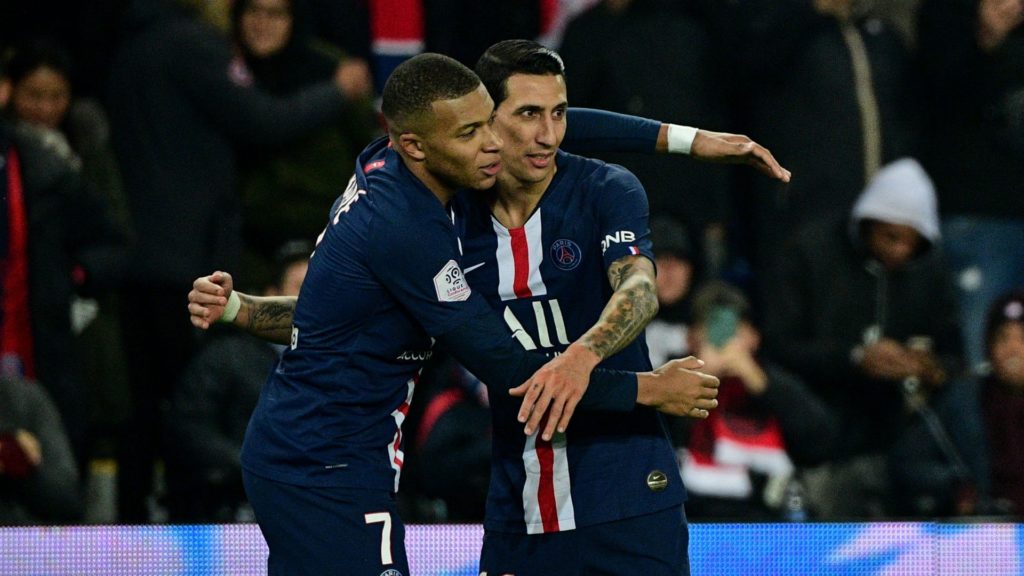
With little in the way of team improvement on the horizon, De Maria opted to force a move in the summer window. French champions PSG, not yet encumbered by the burdens of Financial Fair Play, were in the market for all the preeminent footballers that money could buy. And so, Di Maria moved to Parc des Princes seemingly destined to become one more brief entry in PSG’s mid-2000s salad days.
Becoming PSG’s most influential player
Landing a job with Paris Saint-Germain was no doubt a lucrative deal for any player. However, the team whose ambitions were, and still are, of winning the coveted Champions League seemed to resemble more a collection of football personalities than a unified squad.
Angel Maria began his career in Paris as a luxury substitute. When played, he was forced to adapt to a new role, often playing in the center of the pitch, as a shadow striker to Kylian Mbappe. Once again, Di Maria adapted and, in Mbappe in particular, Di Maria found a worthy partner.
In his first season, Di Mari served up 18 assists and scored 10 times.
He was often the best player on the field. And, even though, PSG looked like a team that often too good for the French top tier, even though their continued to crash out of the UCL on a predictable yearly basis, Di Maria’s vision, especially, made a team that all other clubs needed feared meeting.
By April 2017, Di Maria looked set to risk the same fate of his final days at the Santiago Bernabeu, a fate bestowed on many a soccer player. PSG was restructuring and the Argentine was deemed surplus. The Argentine’s saving grace was the arrival of former Borussia Dortmund manager Thomas Tuchel. If the German respected Di Maria, this did not translate into easing his work-load. Instead, the player who had once played strictly as a right-back, was now required to shift from left to right, play in the center on occasion and, even handle the role of defensive midfielder when Tuchel’s plans dictated it.
And, once again, Di Maria’s reputation was eclipsed by the star power of those he played with. Neymar arrived in Paris as the world’s most expensive player. By 2018, teenage Kylian Mbappe had already won the World Cup together with almost any other important accolade in world football. Edinson Cavani had become the club’s greatest-ever goalscorer.
Di Maria’s vision, however, was unequaled.
In 2018/19 he set up 11 goals in Ligue 1, while for the first time scoring more than he assisted.
He managed 12 goals.
He also averaged 3.2 shots on goal per game.
He was more involved in the team’s attacking movement than any other player.
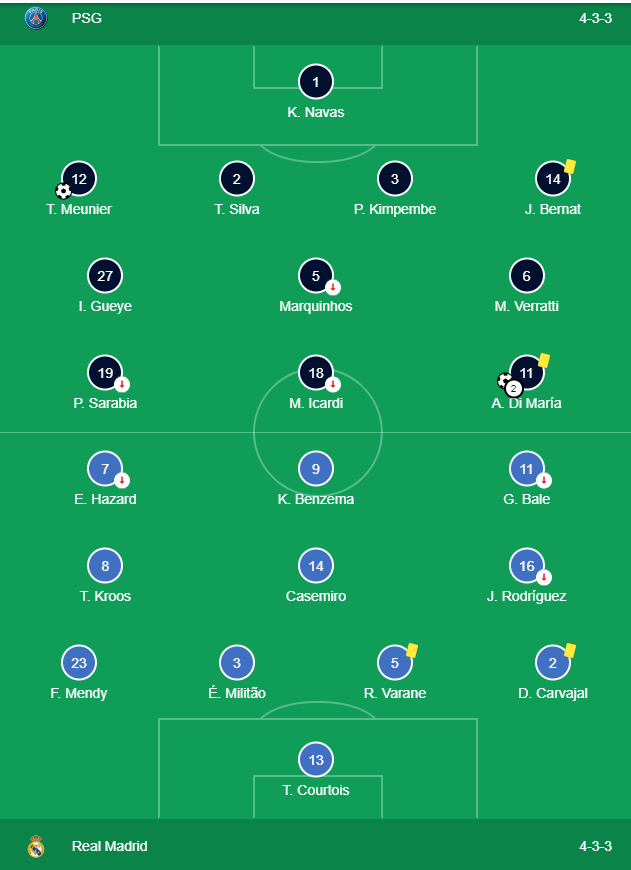
His importance was best exemplified by his role in a match against his former employers, Real Madrid in September 2019. With Cavani, Neymar and Mbappe, all missing, Di Maria was required to carry the burden of leading the team’s attacks. The Argentine scored twice in a 3-0 victory that put the last 5 years into perspective. Di Maria remained a world-class talent that Real Madrid had wasted, while his replacement, James Rodriguez, was stuck in the eternal limbo of the loanee.
Becoming football’s greatest sidekick
While Di Maria’s career looked set to derail as early as 2015, his current stats show a completely different story. The 2019/20 campaign looks set to be the player’s best season. More killer passes, shots on target, goals, and assists are provided than ever before.
Endlessly imaginative, Angel Di Maria’s role is to make Icardi, Cavani, Neymar or Mbappe look good. His place on the field is usually set on PSG’s left flank. His speed and technique allow him to move from a winger-role to that of mobile, central-midfielder working of the forward passes from wing-back Thomas Meunier, or the back passes of strikers like Icardi Mbappe.
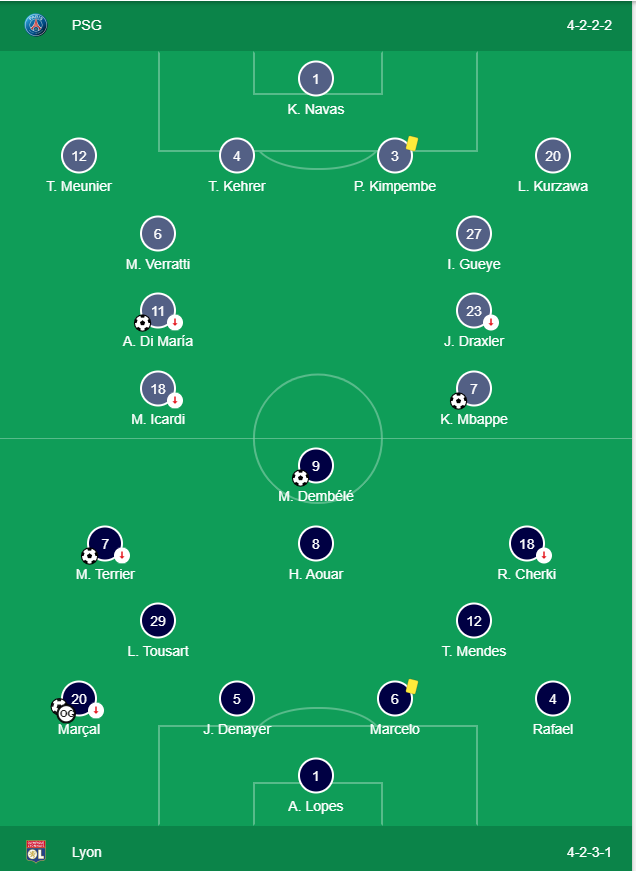
His work-rate is also worthy of praise. At 32-years-old the winger is as active on the pitch as he has ever been. Although cutting a waifish figure, Ángel Di María has proven often time capable of assisting PSG’s defensive efforts, diving into a role that sees him challenging for the ball in the center of the pitch.
Capable of played roles as varied as winger, shadow striker, and even box-to-box midfielder, Ángel Di María is one of the most versatile and useful players in the modern game. The Argentine facilitates ball movement like few others, adding speed and technique to his brilliant vision of the game.
There’s little Ángel Di María has not achieved by this point. What will his legacy be, years from now, once he has retired? To the casual football fan, he may remain who was mentioned, in passing, alongside the sport’s big stars. To those who have followed him closely, he will be regarded as one of the best players of his generation, a gifted, selfless midfielder who elevated his teammates’ performances year in, year out.





